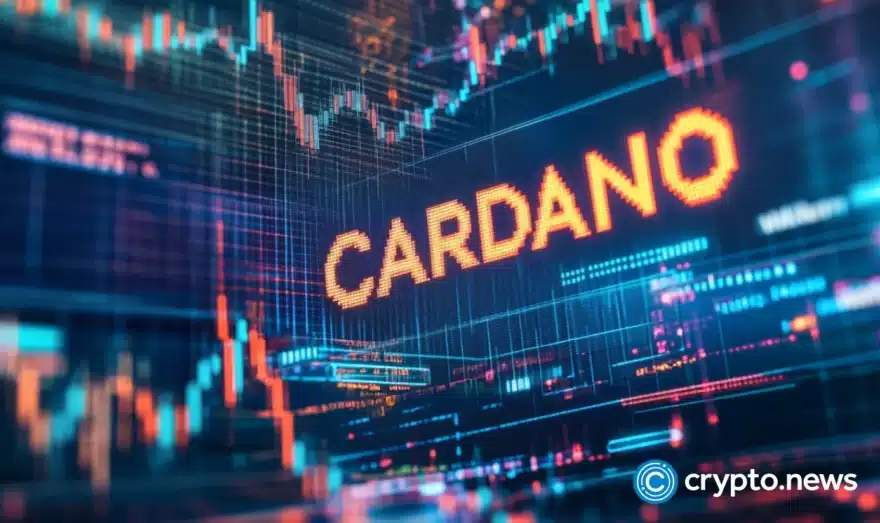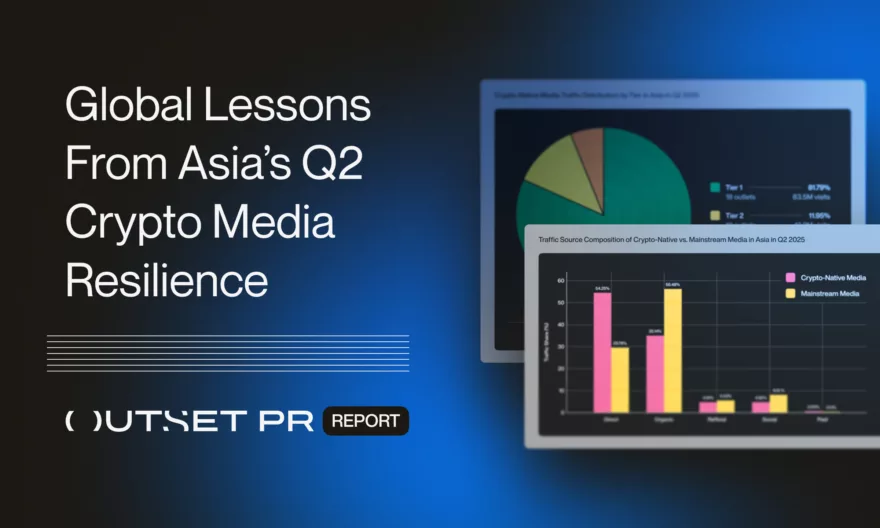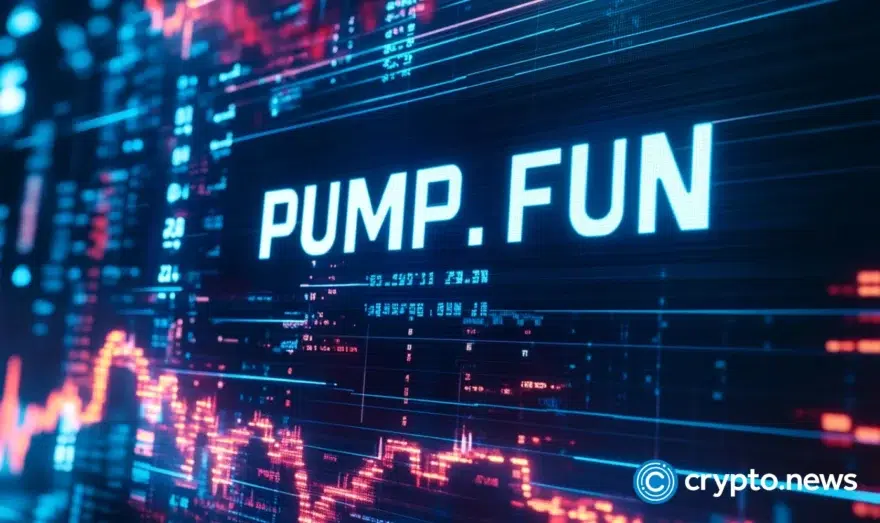From pumps to dumps: Pump.fun transfers large stablecoin sums as PUMP token goes flat

Memecoin launchpad Pump.fun has transferred substantial stablecoin holdings to exchanges, drawing scrutiny from crypto investors amid declining platform revenue, according to blockchain data.
- Since mid-October, Pump.fun has moved significant amounts of stablecoins to Kraken and then to Circle, likely representing withdrawals tied to its declining revenue.
- Pump.fun’s native PUMP token, sold to institutional investors in June, has fallen below its issue price.
- The official Pump.fun account and co-founder Alon have been largely inactive since mid-November, raising investor concerns.
The Solana-based platform has moved significant amounts of stablecoins since mid-October 2025, following a crypto market downturn that reduced trading activity and monthly revenue, according to blockchain data platform Lookonchain.
Since October 15, Pump.fun has transferred stablecoin holdings to the exchange Kraken, blockchain data shows. In the past week, the platform moved large sums to Kraken, with similar amounts subsequently transferred from Kraken to Circle, the stablecoin issuer, likely representing withdrawals, according to the data.
The funds originated from sales of the PUMP token to institutional private placements in June, according to blockchain analytics. The token has since fallen below that issue price.
The not-so-fun side of PUMP
The transfers have drawn criticism from crypto investors, who view them as potential selling pressure while the platform’s monthly revenue has decreased significantly. The official Pump.fun account on X has been inactive for more than a week, and co-founder Alon was last active in mid-November, according to social media records.
Pump.fun’s native token has declined sharply and is trading well below its all-time high recorded in September 2025. The price drop reflects platform-specific challenges and broader market conditions, analysts said.
Pump.fun, launched in January 2024 on Solana, allows users to create and trade memecoins. The platform uses a bonding curve model to determine token prices. It includes a mechanism designed to prevent “rug pulls” by requiring tokens to reach a certain market capitalization before listing on decentralized exchange Raydium.
The platform has faced controversies, including issues around livestreaming features and regulatory warnings about unregulated gambling in some jurisdictions, according to industry reports.
A new federal lawsuit alleged that the company and its partners ran a meme coin operation designed to defraud users.















